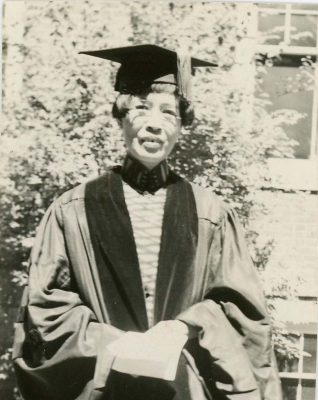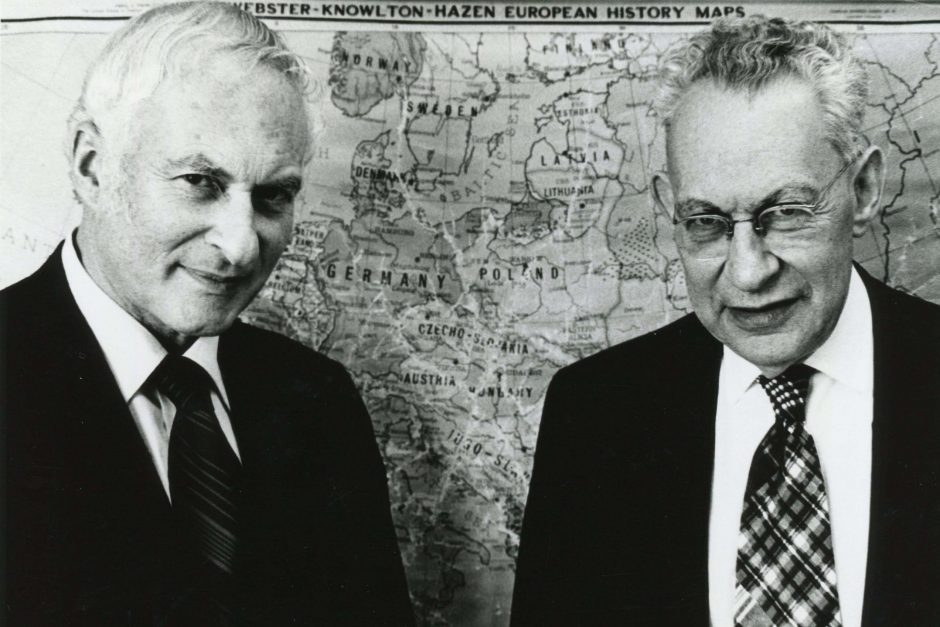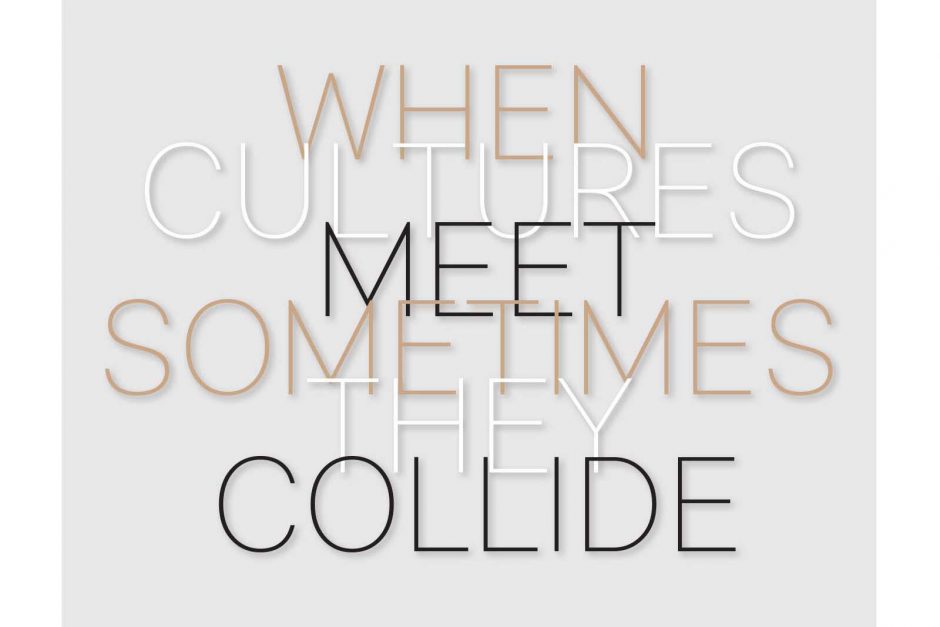Tale of two Asian alumnae
Ruby Sia, Class 1910 (see Ruby’s full story), was Cornell’s first Chinese student. She arrived in 1900 from Foochow (now Fuzhou), China, as part of the Methodist Church’s missionary outreach to China. She started in the Academy, a version of high school, spent time in the Music Conservatory, and studied art. She graduated in 1910, having spent long periods away teaching in girls’ schools and advocating for education reform in China.

Sia was an important figure in the modernization of China’s education system and its expansion into educating girls. Cornell awarded her an honorary master’s degree in 1918 and an honorary doctorate in 1936. She exchanged letters with Cornell administrators from 1904 to 1937, the last of these filled with pleas for Western intervention in the Japanese invasion of her country. She survived World War II and the communist takeover of China, and died in Shanghai in 1955.
Masako Amemiya ’44 (see Masako’s full story) was an American citizen of Japanese descent. After finishing two years at the University of California at Berkeley, she was imprisoned in an internment camp for Japanese-Americans during World War II. She came to Cornell under a program in which the U.S. government allowed internees to continue their education if they enrolled in colleges in the East and Midwest. When she arrived, there were three nisei (second-generation Japanese Americans) on campus, all of them males. Amemiya graduated in 1944, returned to California after the war, married John A. MacFarlane, and died in 2010 in Los Gatos.




